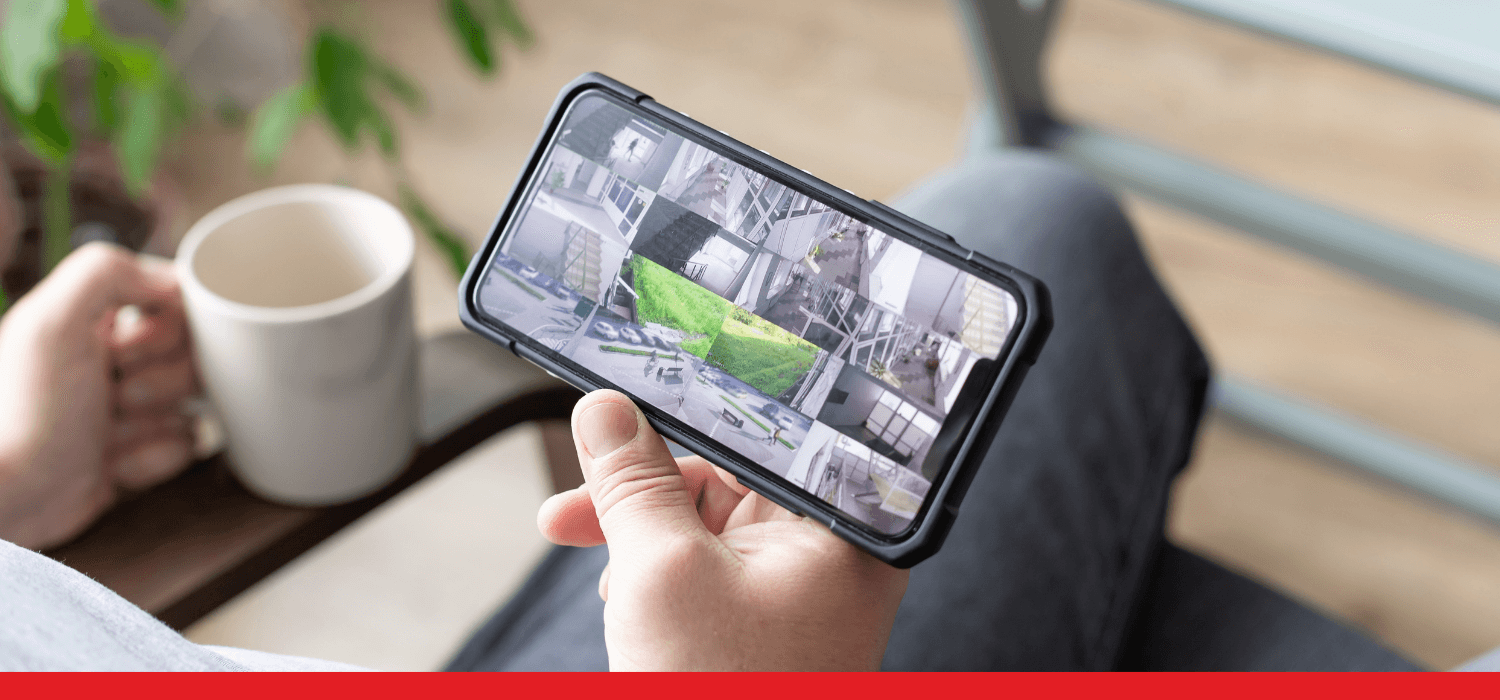WHAT DO YOU NEED TO SEE YOUR HOME CCTV ON YOUR MOBILEWritten on the 5 July 2022 by Kerri Vandenberg )
Adding smartphone viewing capability to your existing or a proposed new home CCTV system has several clear benefits. Most obvious is the ability to monitor its output whenever your smartphone is connected to the internet anywhere in the world. Some CCTV systems can also be adjusted remotely, including activating or deactivating sensors and moving from the streaming camera feed to the system’s recordings. Some even enable two-way voice communication - allowing you to talk to whoever is being filmed by the camera you’re viewing. CONVENIENCE Being able to monitor your home CCTV system on the go is also more convenient, especially if you have more than one home to monitor. Mobile monitoring has also been shown to improve emergency response times and levels of home-targeted criminal activity by increasing the identification, apprehension and conviction of the people involved. CONSIDERATIONS Alongside these benefits of connecting your home CCTV system to your smartphone, you need to be aware of security considerations when doing so and how you can avoid any issues.
WHAT YOU’LL NEED
For more information on our home CCTV systems service, click here: https://www.sgvelectrical.com.au/home-security-systems Author:Kerri Vandenberg |

